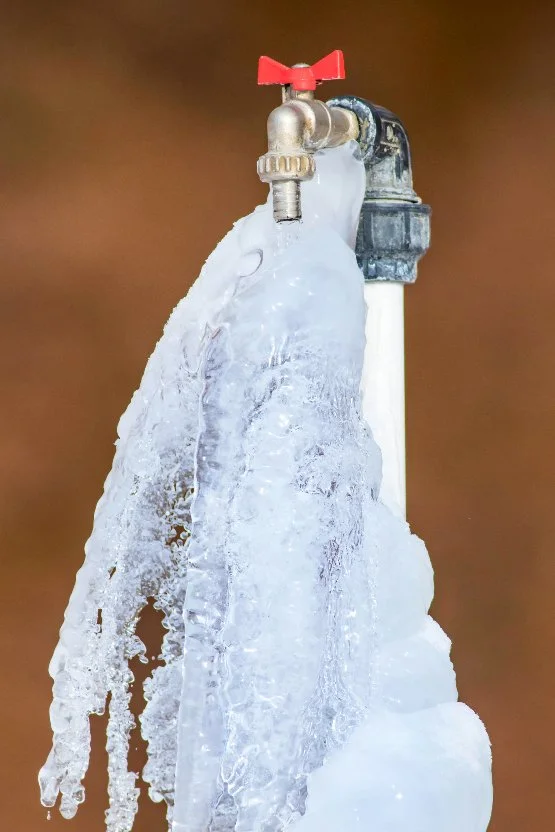6 Tricks to Help Thaw Frozen Pipes
Winter weather can be harsh on our homes, and one of the most common issues during colder months is frozen pipes. If you’re dealing with frozen pipes in your home, don’t panic—there are a few simple tricks you can try that may help thaw those pipes quickly and easily. Read on for five tips to help you thaw frozen pipes and get your plumbing flowing again.
Open Up Faucets & Allow Water to Flow
The first step should be to open up faucets and allow water to flow through the pipe system. This will minimize pressure buildup behind the icy blockage and make it easier for the ice to melt. Start by opening up hot water faucets on both ends of the pipeline, then switch over to cold water faucets if necessary.
Use Space Heaters or Hair Dryers
If you have space heaters or hair dryers available, they can be used to generate heat around the affected area in an effort to thaw the frozen pipe. Place your space heater or hair dryer at least four inches away from the frozen section of pipe and aim it directly at the pipe for about 10 minutes at a time before taking a break and allowing any melted ice to flush out of the system. Continue this process until all of the ice has melted away completely.
Wrap Heated Towels Around Pipes
If space heaters or hair dryers are not available, soaked towels heated in a microwave can also be used as an alternative method for providing warmth around affected areas and melting away stubborn ice blocks. Wet several towels with warm (not hot) water then microwave them for two minutes at a time before wrapping them around sections of frozen pipe until all of the ice melts away completely.
Use Hot Water Bottles
Using hot water bottles is another way homeowners can provide warmth around sections of frozen pipes without having access to space heaters or hair dryers, although these bottles will need frequent refilling as their contents cool down after some time has passed.
Using your stove is another great way to heat up water for a hot water bottle. To do this, simply fill a pot or large container with tap water and transfer it to the stove. Turn your burner on high and heat the water until it begins to boil. Once it has boiled, turn off the heat and use an oven mitt to transfer the hot water to your hot water bottle. Be sure to test its temperature before using, and never fill a hot water bottle with boiling water as it can cause serious burns! Additionally, always use a pot or container that is large enough for all of the water you plan on using, as overflow can be dangerous.
Use Your Water Heater to Your Advantage
Your water heater can also be used to help thaw frozen pipes. Check your water heater’s settings and turn the temperature up slightly (it should never exceed 120 degrees Fahrenheit) in order to ensure that warmer temperatures are flowing through the pipes. Keeping the temperature set at a higher level will help provide extra heat around any frozen sections of pipe, helping to thaw the ice more quickly. Be sure to check the temperature at regular intervals to ensure it’s not getting too hot—and turn your heater back down after all of the ice has melted away from your pipes.
Call a Professional Plumber
When working with any type of plumbing issue, it's always best practice to call a professional plumber or Pipeworks Services who can assess damage properly and recommend potential solutions in order to get your plumbing back up and running again safely and effectively as soon as possible. Calling a professional plumber sooner rather than later could save you money over time by preventing additional damage from occurring due to prolonged exposure from cold temperatures outside or inside your home.
Frozen pipes are no fun, but luckily there are plenty of steps homeowners can take in order to thaw those pesky icy blocks quickly and effectively. The next time you find yourself dealing with frozen pipes, start by opening up faucets so that pressure isn't building up behind any icy blockages then move onto using space heaters/hair dryer (if available), heated towels wrapped around pipes, hot water bottles placed against affected areas, and finally, call a professional plumber when needed. Following these five tips will help ensure that your plumbing gets back up and running again safely and efficiently in no time.


